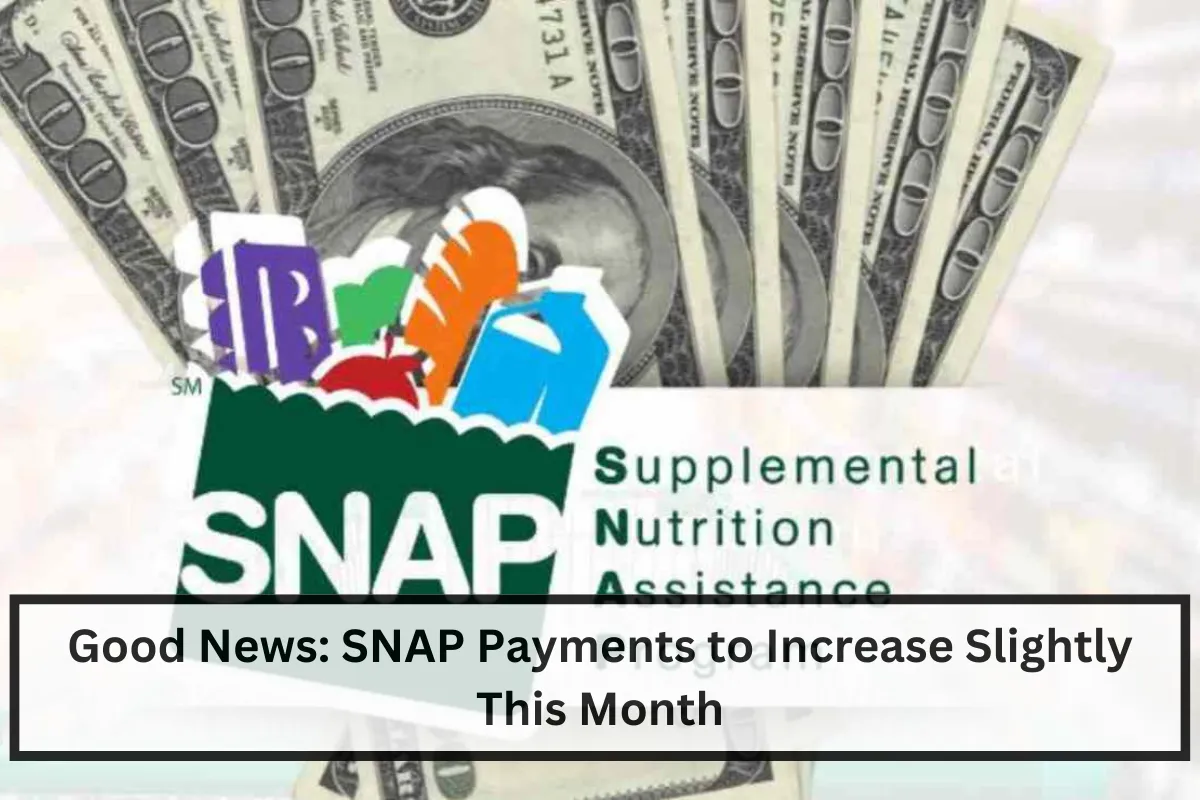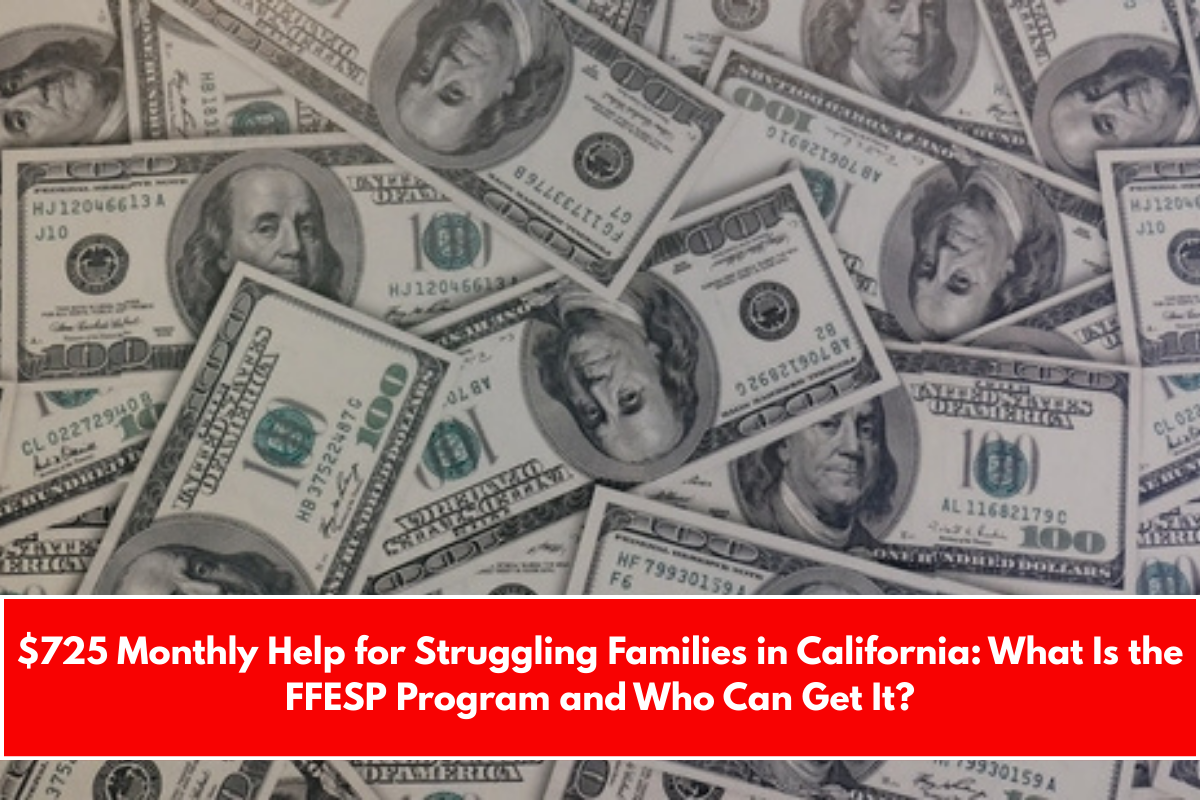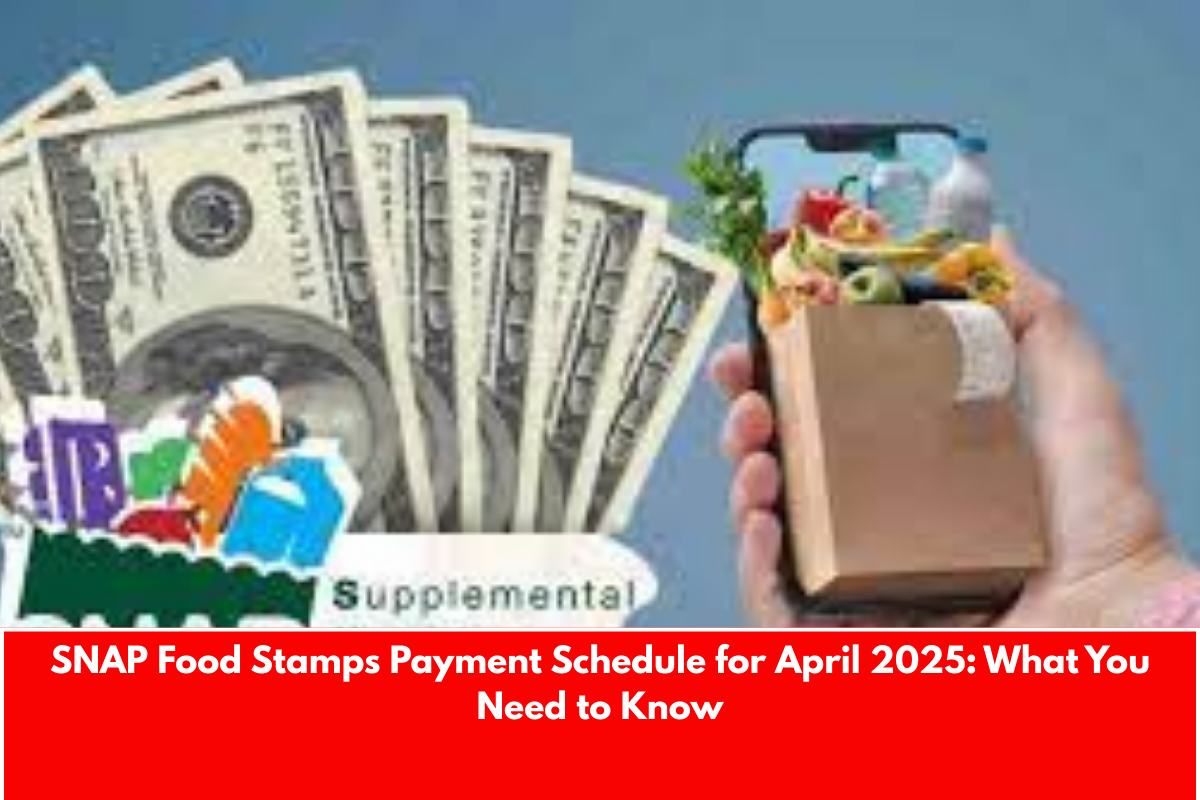The Supplemental Nutrition Assistance Program (SNAP) is getting a small boost to payments this month due to the latest cost-of-living adjustments (COLA).
This increase will help families afford essential groceries, although the exact amount of extra support will vary based on location.
The change also comes with updates in eligibility rules for certain adults, which affects who can keep receiving SNAP benefits. Here’s a breakdown of the new changes and what they mean for those receiving SNAP benefits.
What Is SNAP and What Has Changed?
SNAP, a government program, helps low-income families buy food. Payments are adjusted occasionally to keep up with changes in living costs. This recent COLA means most recipients will see slightly higher payments.
However, this increase differs depending on where you live—families in Alaska, the Virgin Islands, and Guam will receive more due to higher food prices, while Hawaii will see a minor decrease but still receive higher benefits than those in the continental U.S.
New Eligibility Changes for ABAWDs
The Fiscal Responsibility Act has introduced an update affecting “able-bodied adults without dependents” (ABAWD).
This group previously included adults aged 18 to 52, but the new age range extends it to 54. This adjustment means that more people will need to meet specific requirements to continue receiving benefits.
Requirements for ABAWDs
To remain eligible for SNAP, ABAWDs must meet one of the following requirements:
- Work Requirement: Must work at least 80 hours per month.
- Education or Training: Enrollment in a qualifying education or training program can also fulfill this requirement.
These new rules will stay in place until 2030.
How Will This Affect Monthly Benefits?
Most SNAP households will see a small monthly increase in their benefits. This adjustment will help offset higher grocery prices, but the exact amount varies based on location and household size.
The recent SNAP update is a positive step for households relying on this support, especially in regions with higher living costs. While the payment increase may be small, every bit helps as grocery prices rise.
The added eligibility requirements for ABAWDs are also important to consider. By ensuring that recipients meet work or educational requirements, the program aims to support self-sufficiency among able-bodied adults.
These changes, while minor for some, play a crucial role in providing necessary support to families nationwide.
What is the new age limit for ABAWDs in SNAP?
The age limit has increased from 52 to 54, meaning adults aged 18–54 who qualify as ABAWDs must meet certain requirements to keep receiving SNAP benefits.
How much more will SNAP recipients receive due to COLA?
While the increase varies, most recipients will see a slight monthly boost. Amounts differ by location, with higher increases in Alaska, the Virgin Islands, and Guam.
Do the new work requirements apply to everyone on SNAP?
No, only able-bodied adults without dependents (ABAWDs) aged 18–54 must meet the 80-hour work or training requirement.
Will these changes last permanently?
These changes are set to remain in effect until 2030 as part of the Fiscal Responsibility Act.
Are there any exceptions to these rules?
Some individuals, like those with disabilities or certain hardships, may be exempt from the ABAWD requirements. Check with your local SNAP office for specific exemptions.
















